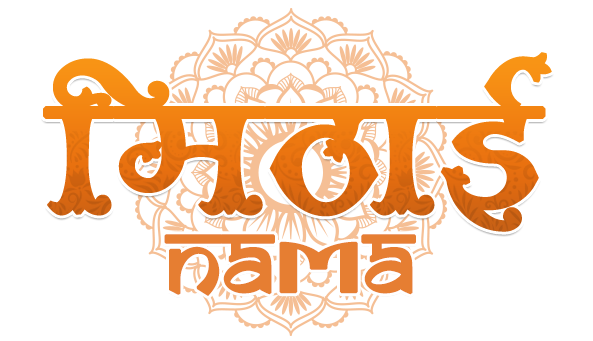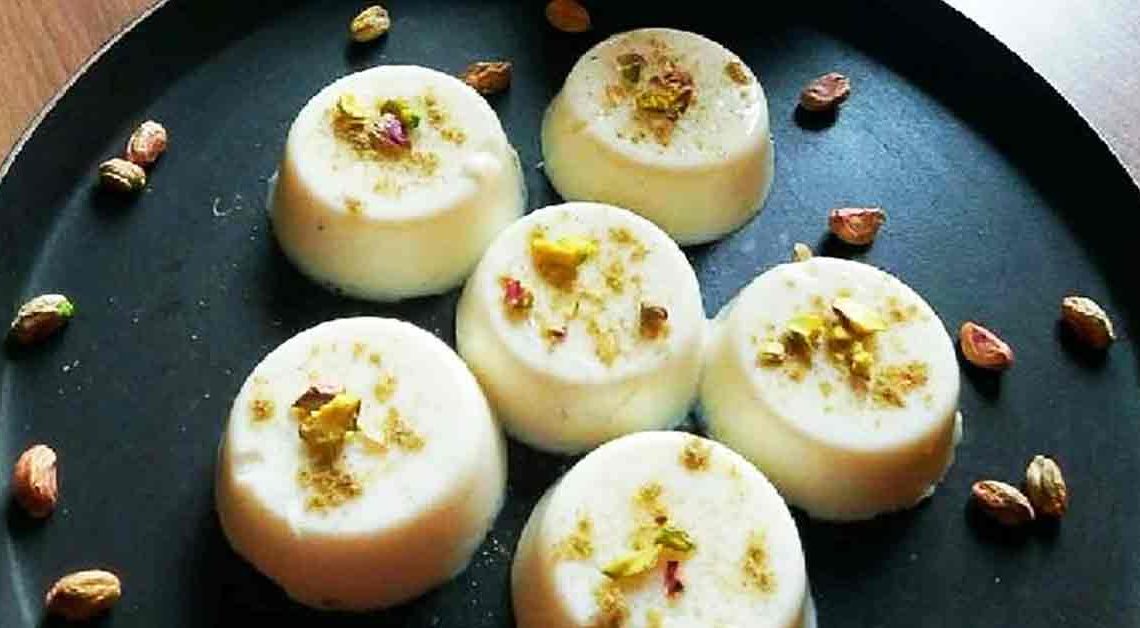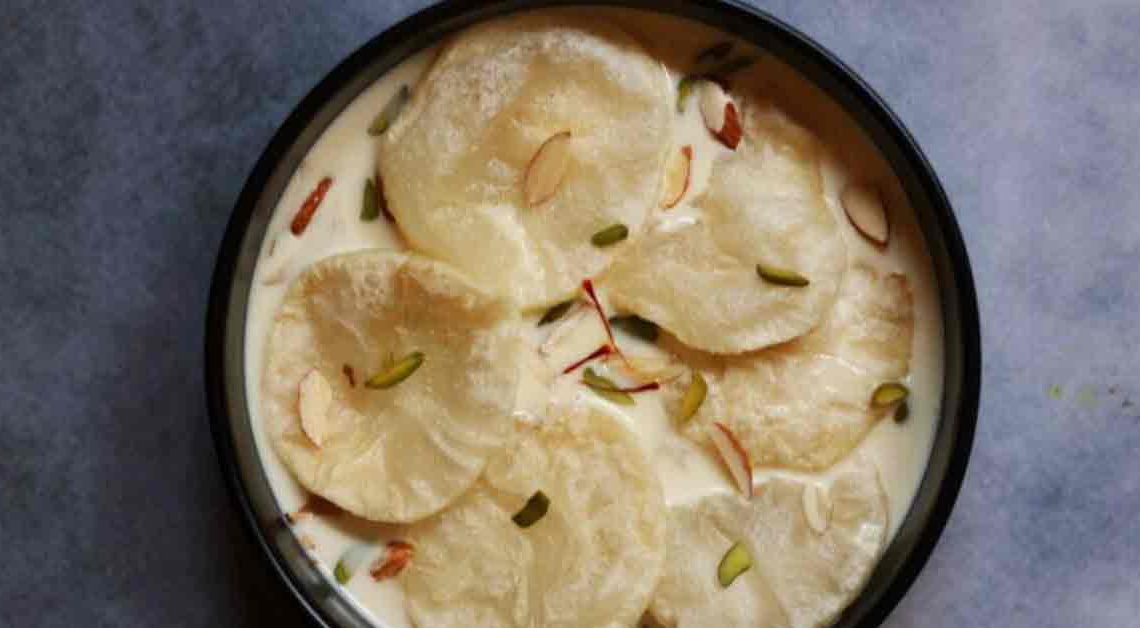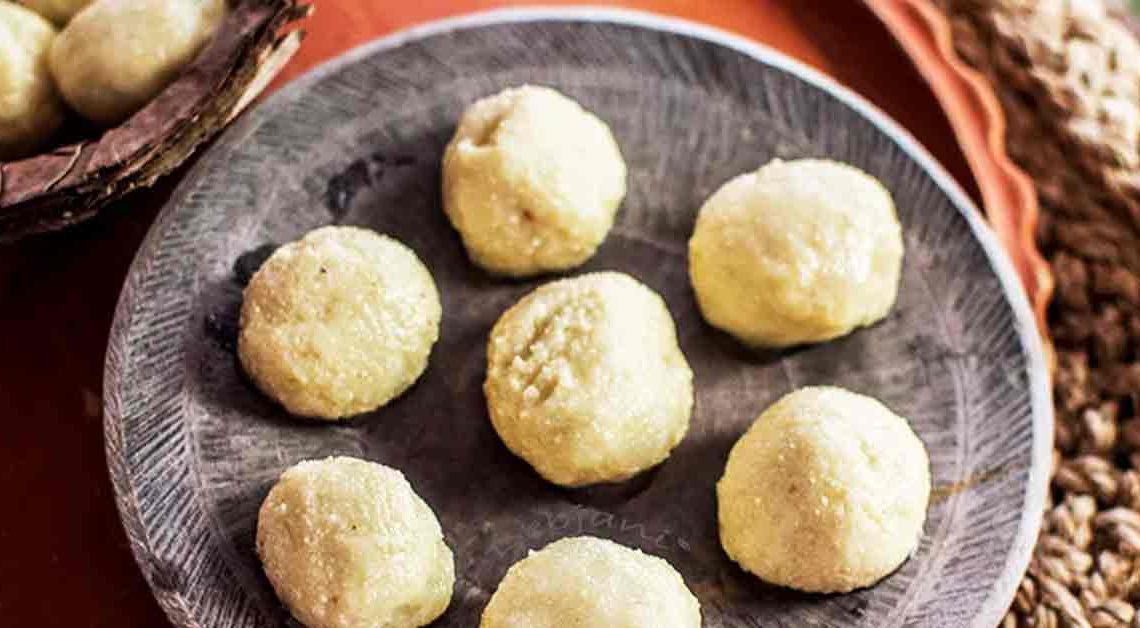Sizzling Secrets of Unniyappam
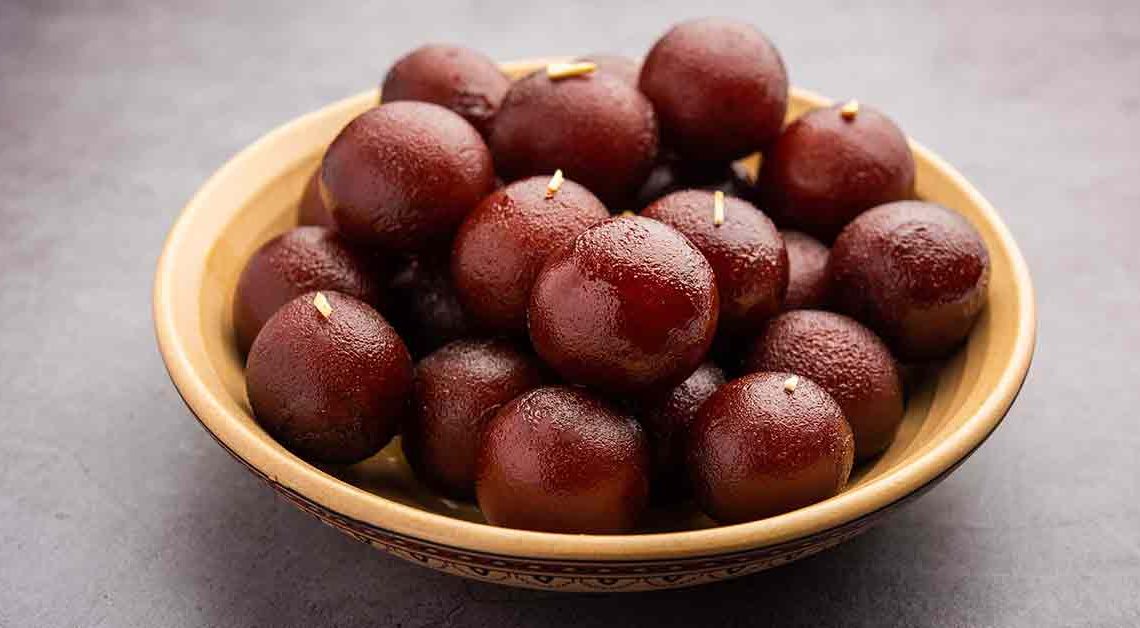
Welcome to Mithainama adventure like no other! Today, we’re diving deep into the heart of South India to uncover the sizzling secrets of a beloved delicacy – Unniyappam. This humble yet tantalizing snack has a rich history and a taste that transcends generations.
Picture this: small, golden-brown orbs sizzling in hot oil, emitting a tantalizing aroma that wafts through the air. Each bite reveals a crispy outer layer that gives way to a soft, melt-in-your-mouth center. It is more than just a snack; it’s a slice of South Indian culture, a cherished tradition passed down from grandmothers to grandchildren.
Our journey will take us through the vibrant streets of Kerala, where Unniyappam finds its roots. Join us as we embark on this mouthwatering voyage, celebrating the flavors, history, and tradition of Unniyappam. Get ready to tantalize your taste buds, unlock the secrets of the perfect sweet, and discover why this South Indian gem is a must-try for food enthusiasts around the world. It’s time to savor the irresistible allure of Unniyappam, one bite at a time!
Origin of Unniyappam
Unniyappam, a delectable South Indian snack, has a rich and intriguing origin deeply rooted in the cultural and culinary heritage of the region, particularly Kerala. Its history dates back centuries, making it a beloved tradition in South Indian households.
The word is derived from two Malayalam words: “Unni,” which means small or tiny, and “Appam,” which refers to a type of rice cake. This name is quite fitting. It is indeed small, round, and made from a batter predominantly consisting of rice.
Legend says it was a favorite snack of Lord Krishna, a prominent deity in Hindu mythology. This connection with Lord Krishna has further contributed to the popularity and significance of it in South Indian culture.
Over the years, it has evolved, with variations that include different ingredients like jaggery, bananas, coconut, and cardamom. It has transcended its ritualistic roots and become a cherished snack enjoyed by people of all ages and backgrounds throughout South India and beyond.
History of Unniyappam
The history is deeply intertwined with the cultural and culinary heritage of South India, especially the state of Kerala. This sweet and delicious snack has a long and fascinating history that reflects the region’s traditions and culinary ingenuity.
It is believed to have ancient roots, dating back several centuries. It has been a part of the traditional cuisine of Kerala for generations. Its history can be traced to the era when communities in Kerala began experimenting with rice-based dishes, exploring various methods of preparation.
It has significant ties to Hindu temples in Kerala. It is a popular offering to deities during religious festivals and ceremonies. Devotees prepare and offer to seek blessings and show their devotion. This practice has deep historical and cultural significance.
Traditionally, it is made from a batter consisting of rice, jaggery (unrefined sugar), coconut, bananas, cardamom, and sometimes a hint of black sesame seeds. The batter is poured into special round molds and deep-fried until they turn golden brown and crispy.
Cultural Significance
It holds significant cultural importance in South India, particularly in the state of Kerala. Its cultural significance is deeply rooted in tradition, spirituality, and community life, making it an integral part of the region’s cultural fabric. Here are some key aspects of the cultural significance of Unniyappam:
Religious Rituals and Offerings: It plays a vital role in religious rituals, especially in Hindu temples. It is often prepared as an offering to deities during various festivals and ceremonies. Devotees believe that offering to the gods brings blessings and goodwill. The act of making and presenting in temples is a sacred tradition that has been passed down through generations.
Symbol of Devotion: Preparing it is a form of devotion and an expression of religious faith. It symbolizes the offering of one’s time, effort, and resources to honor and please the gods. The act of making it is considered a spiritual practice that strengthens one’s connection with the divine.
Culinary Heritage: It represents the rich culinary heritage of South India, particularly Kerala. It showcases the region’s use of indigenous ingredients like rice, coconut, and jaggery. The traditional preparation methods and recipes have been preserved and handed down through oral traditions, making Unniyappam a symbol of culinary continuity.
Where is Unniyappam Famous?
Unniyappam is most famous in the Indian state of Kerala, located in the southwestern part of the country. Kerala is renowned for its rich culinary traditions, and is a beloved snack that has a special place in the hearts and palates of Keralites. Here’s why it is particularly famous in Kerala:
It has deep cultural and religious significance in Kerala. It is commonly prepared and offered as a sacred offering in Hindu temples during various festivals and ceremonies. This practice is a centuries-old tradition that has contributed to Unniyappam’s prominence in the state.
Kerala is known for its unique and diverse cuisine, characterized by the use of ingredients like rice, coconut, and spices. It is a classic example of traditional Kerala cuisine, showcasing the region’s culinary heritage.
Kerala’s thriving tourism industry has also contributed to the fame of Unniyappam. Visitors to the state often seek out authentic culinary experiences, and trying is a must-do activity to savor the flavors of Kerala.
Interesting Facts and Trivia
Unniyappam, the delectable South Indian snack, has a fascinating history and several interesting facts and trivia associated with it. Here are some intriguing tidbits about Unniyappam:
- It has strong ties to Hindu temples in Kerala, where it is often offered to deities during religious rituals and festivals. This practice highlights its sacred significance in the culture.
- Many traditional recipes include ripe bananas as one of the key ingredients. The bananas not only add a unique flavor but also contribute to the snack’s soft and fluffy texture.
- It typically uses jaggery (unrefined sugar) as a sweetener instead of granulated sugar. Jaggery gives the snack a distinct caramel-like flavor and a beautiful golden-brown color.
- While the classic Unniyappam recipe is made with rice, jaggery, and coconut, there are many regional and personal variations. Some people add ingredients like cardamom, black sesame seeds, or ghee to enhance the flavor.
- In recent years, Unniyappam has undergone modern adaptations. Some contemporary recipes incorporate ingredients like chocolate chips, nuts, and raisins to cater to evolving tastes.
Did You Know?
Did you know that Unniyappam, beyond its mouthwatering taste and cultural significance, offers a range of health benefits when consumed in moderation?
- It primarily consists of rice, which is a rich source of carbohydrates. These carbohydrates provide a quick energy boost, making Unniyappam an ideal snack for a pick-me-up during a busy day.
- It is sweetened with jaggery, a traditional Indian sweetener made from sugarcane juice or palm sap. Jaggery is less processed than refined sugar and retains some of its natural nutrients, such as iron and antioxidants.
- The addition of grated coconut in it not only enhances its flavor but also provides dietary fiber. Fiber aids in digestion, promotes a feeling of fullness, and supports overall gut health.
- Jaggery, used to sweeten Unniyappam, contains small amounts of essential minerals like iron, magnesium, and potassium. It also possesses antioxidants that help combat harmful free radicals in the body.
- Due to its carbohydrate content and the presence of fats from coconut and ghee (if used), can provide a sense of satiety, helping to curb excessive snacking.
